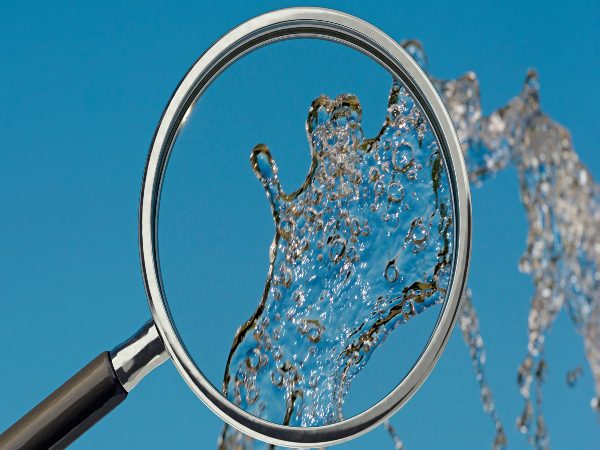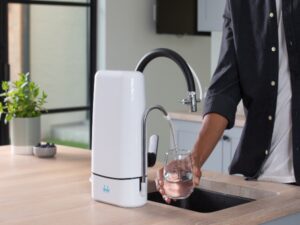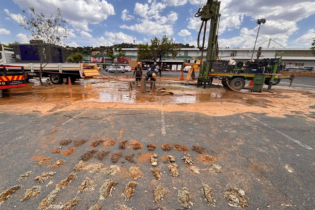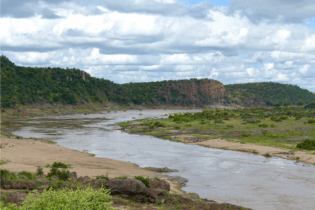The 2022 Blue Drop Progress Report measures all aspects related to the provision of safe water. Released by the Department of Water and Sanitation (DWS), the Report revealed that 34% of water systems reside in the high and critical risk categories.
In these instances, the water service authorities in charge of these water systems were issued with a red notice. Just 40% of the 1200 systems audited by the Blue Drop report complied with the South African legal standards for microbiological water quality compliance and less than a quarter achieved chemical water quality compliance. DWS described those in the “critical risk” category as being in a hospital’s intensive care unit. Residents in those municipalities were warned to boil their water before drinking it.
The groundwater used by boreholes has been long regarded as a safe source of water, but there are increasing worries that the quality is dropping for a variety of reasons, such as human waste from pit latrines, and industrial and agricultural pollution, which introduce chemicals and heavy metals. Borehole users have been advised to test their water before use, but this is an expensive process.
“Sending water to professionals to test is always a good idea when first drilling a borehole. You can also test it yourself, but then you will have to keep testing regularly to make sure the quality does not decline. Filtering is a cost-effective, simple way to control the quality of water from boreholes and municipalities,” adds Badenhorst. Filters The choice of a filter is vital. Many of the filters on the market are little more than sieves that reduce the amount of sediment and residue that improve the appearance and the taste of the water. But they leave behind the microscopic harmful residue of bacteria, viruses and parasites, amongst others. “JoJo’s range of filters employs the breakthrough Disruptor™ technology that uses three water treatment methods to remove pathogens and other contaminants. It does so with higher flow rates with less energy consumption. It is technology was developed by NASA to provide astronauts with clean water. They rethought how to make their water clean on space trips,” explains Badenhorst. A positive electrical charge is created once water flows through the filter, which attracts the negative charge present on most submicron contaminants. Due to the structure of the media, this charge causes the fibres to further overlap into the fibre pore structure. The DisruptorTM is an electro-positive, wet-laid nonwoven media with a pore size of 1.2 to 1.5 microns. What makes this media unlike any other on the market is that even though it captures very small diameter substances and pathogens, it also removes larger particles mechanically. Read next: Water recycling system for tile manufacturer | Infrastructure news







